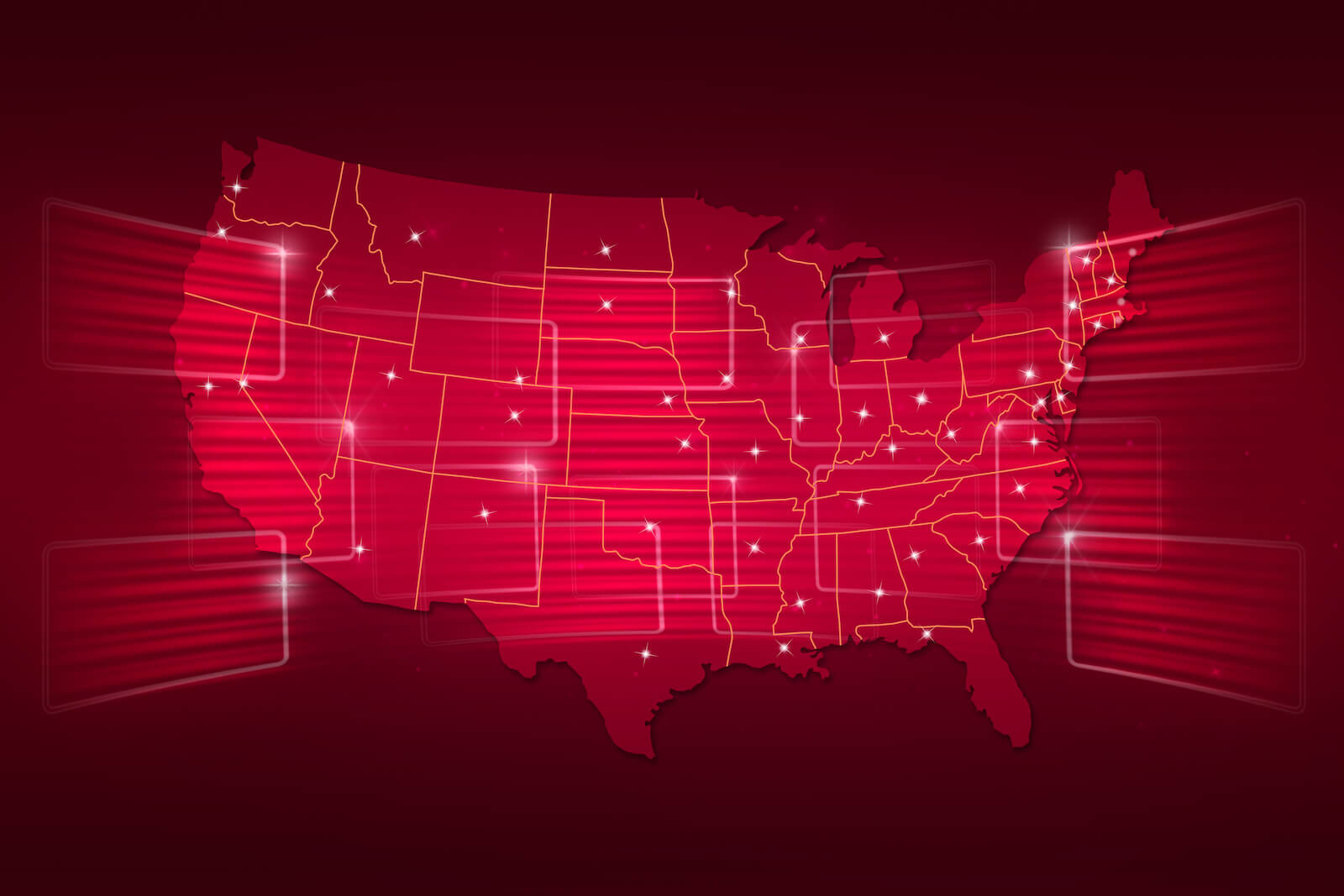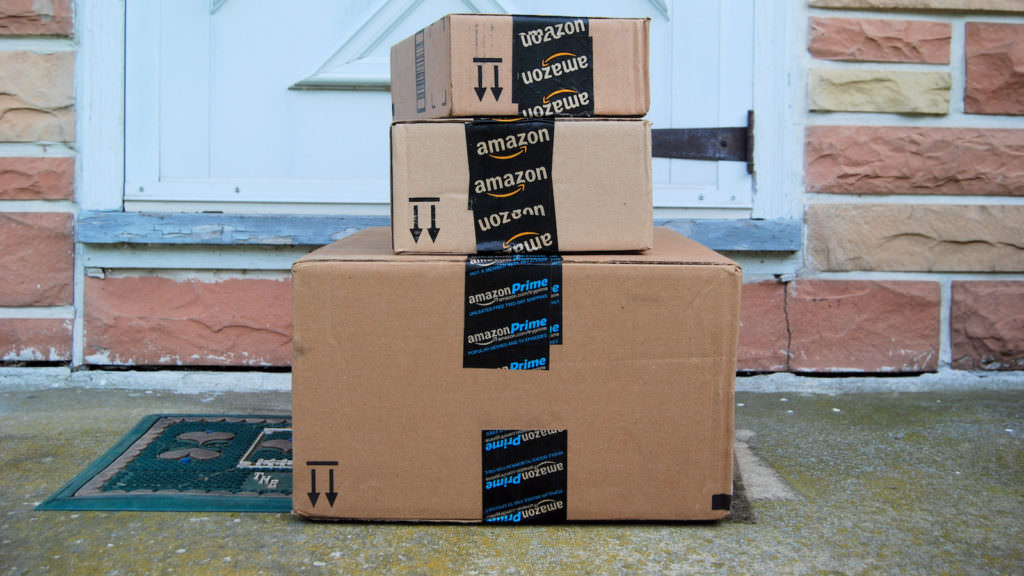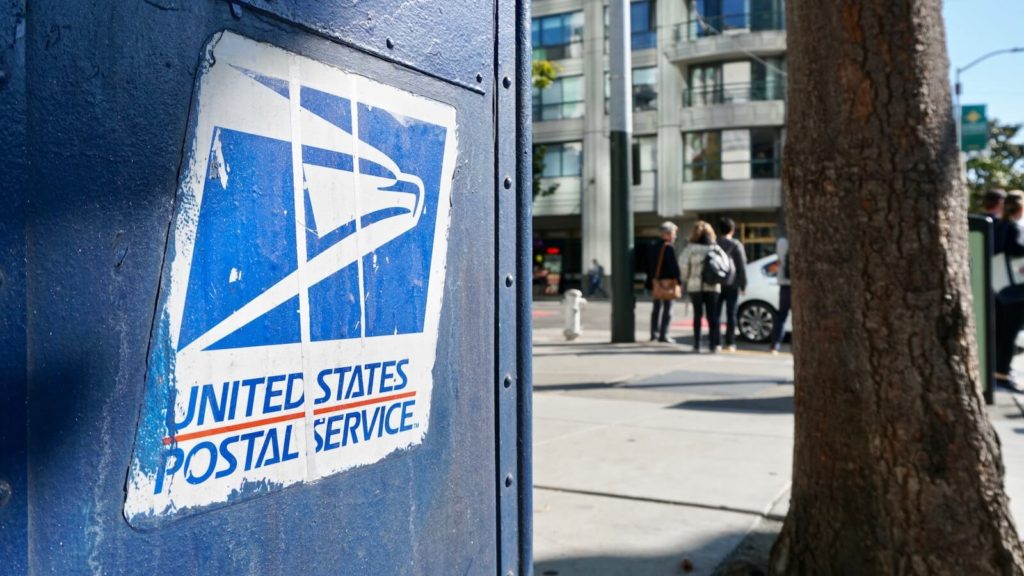Table of Contents
** Minutes
When should you use more than one fulfillment center?
Learn how ShipBob helps you understand your optimal inventory distribution
What do you want to learn?
While centralizing inventory and using a single fulfillment center is much more effective than self-fulfillment for many online merchants, one warehouse alone may not be enough for some sellers.
Splitting your inventory across fulfillment center locations, also known as distributed inventory, offers many advantages. When you work with a 3PL that has multiple warehouses, you can match the service of the largest retailers, without having to build your own infrastructure.
For example, ShipBob owns several fulfillment centers within the continental US to enable two-day shipping across the country to help merchants reduce the shipping costs, transit times, and distance packages travel.
“ShipBob has been a great ally as they have fulfillment centers all over the US, facilitating a 2-3 day delivery time for any customer in the US. This is helpful especially when weather challenges happen; being able to have different locations to ship from allows for a more seamless supply chain.”
Andrea Lisbona, Founder & CEO of Touchland
But is this strategy right for every ecommerce business?
When should you use more than one fulfillment center?
Learn when distributed inventory should be utilized — and when it should not be — as part of an ecommerce shipping strategy.
1. You ship a high volume of orders
A single warehouse may be all you need when you are first getting started, as it will likely be too expensive to use multiple fulfillment centers. If you grow enough to the point that the shipping costs exceed the cost of additional warehouse space, then it would be more cost-effective to split your inventory across fulfillment centers.
By utilizing multiple ecommerce warehouses, you can strategically choose locations that are near your customers. Storing inventory closer to your customers helps lower shipping costs, because orders will travel a shorter distance when shipped. In other words, it’s cheaper to ship a package 50 miles than it is to ship it 500 miles in most cases.
Similarly, it may make sense to send only your most popular or best-selling products to additional warehouses, rather than store inventory for every single product you sell. This way, your less popular items won’t sit there taking up warehouse space without selling quickly, and you won’t be stuck paying for storage.
2. Your products and orders are heavy in weight
With the January 2019 change to zone-based pricing for even lightweight packages sent via USPS First Class Mail, all businesses are affected by distance. However, the heavier items are, you will realize significant cost savings when your package has to travel less distance or shipping zones.
Take weighted blanket company, My Calm Blanket, whose products are up to 25 pounds in weight.
“Shipping a 25-pound blanket is not the same as shipping a t-shirt. That’s why we knew that shipping from only one or two fulfillment centers wasn’t going to cut it. Luckily, ShipBob has fulfillment centers in major cities all over the US.”
Founder of My Calm Blanket
My Calm Blanket has distributed their inventory to ShipBob’s fulfillment centers in Dallas, Chicago, Los Angeles, and New York to be near their customers.
3. You want to consistently offer affordable 2-day shipping
In today’s online shopping world, most consumers expect two-day delivery. Using multiple warehouses lets you significantly and affordably reduce last-mile delivery times. Each time a customer places an order online, the order will be fulfilled from the warehouse that’s closest to them.
This lets you compete with major retailers and offer Prime-like service to meet customer expectations with convenient delivery options.
Michael Peters, VP of E-Commerce Operations at TB12
I’m most impressed with ShipBob’s commitment to driving improvement and technology, which drives reductions in delivery time. I knew a shorter transit time was going to become more and more important. Customers get accustomed to a certain service level at a low price — often free — and want it faster over time.
4. Your customers don’t all reside in one geographical region
When it comes to choosing the location of a fulfillment center, it ultimately comes down to where your customers are. This is because orders are delivered quicker and at less cost when your packages travel less distance. To justify an additional warehouse, you must find out how many customers would benefit from it.
For example, if you sell gear for a sports team in Boston, the majority of your customer base will largely be contained within Massachusetts. It’s unlikely that you will ship high volumes of product to people who live in Los Angeles, thus, eliminating the need for a warehouse on the West Coast.
“From expanding into a second ShipBob fulfillment center, we are excited to be able to offer 65% of our customers with 2-day shipping, up from 32% by only having a single West Coast facility. Soon, this will be 100%. Not only is this better for our customers but we also gain a 13% savings to our bottom line.”
Pablo Gabatto, Business Operations Manager at Ample Foods
Alternatively, if you sell a special hairbrush and your customers reach all corners of the country, then distributing your inventory to major hubs or densely populated areas would be a more efficient option.
[White paper: Why Distributed Inventory is a Game Changer for Ecommerce]
Conclusion
When it comes to whether you should split your inventory between ecommerce fulfillment centers, there is not always a clear-cut answer. Under the right circumstances, shipping orders from multiple warehouses can save you time and money, creating a win-win for both you and your customers.
However, you must consider whether warehousing costs, transportation costs to fulfillment centers, and the number of SKUs you have would be offset by the reduced shipping costs.
Learn how to compete with giant retailers by meeting customer expectations around inexpensive 2-day shipping. Download the “ShipBob 2-Day Express Shipping Guide.”
Learn how ShipBob helps you understand your optimal inventory distribution
Outsourcing fulfillment to a 3PL allows you to keep your product closer to your end customer while freeing up time and space without needing to invest in your own warehouse. However, unlike an on-demand warehousing company that only helps you find excess warehouse space, a 3PL like ShipBob is the expert in fulfillment.
ShipBob has a free analytics and distribution metrics tool for all customers that lets you explore your ideal inventory distribution so you can best leverage ShipBob’s network of distribution centers (or fulfillment centers). Using your historical order data, you can:
- View which fulfillment centers shipped your last 1,000 orders and the total costs.
- See which fulfillment centers would have shipped your last 1,000 orders and how much it would have cost you if you used all or a selection of ShipBob’s fulfillment centers.
- Visualize where your customers’ shipping destinations are for a better understanding of how to split inventory across ShipBob’s fulfillment centers to potentially save money.
Request a pricing quote for ShipBob’s fulfillment centers below to see if ShipBob would be a good fit for your business.



